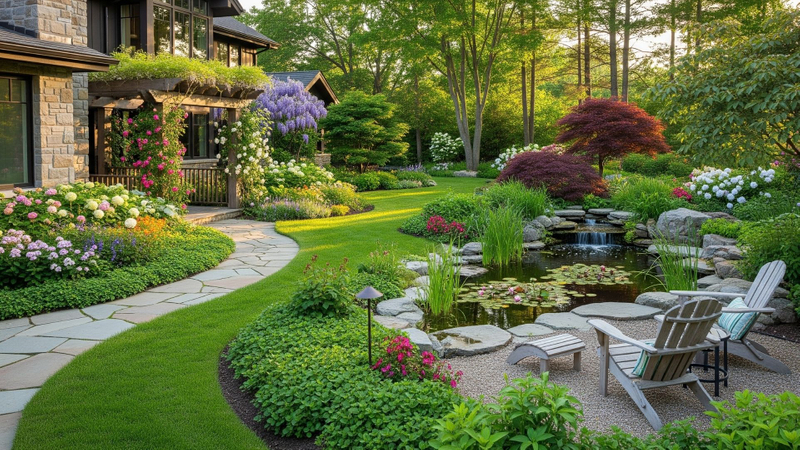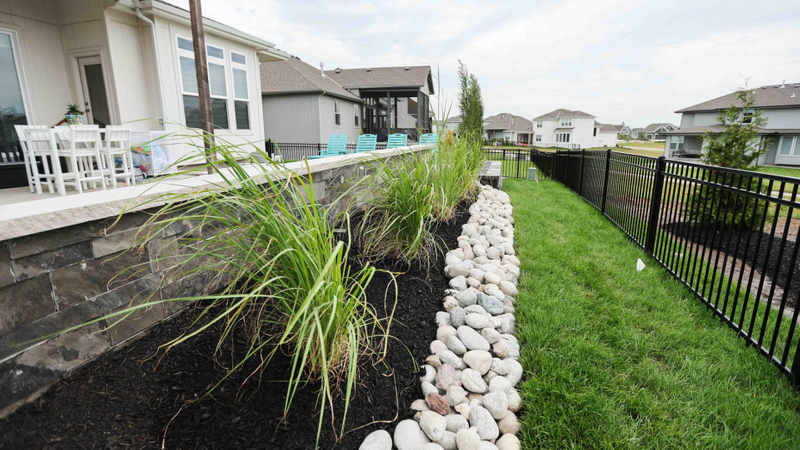Blog
Recent Updates
The Importance of Professional Pool Installation and Design
A swimming pool is more than just a place to cool off; it’s the centerpiece of your outdoor living space, a source of endless enjoyment, and a significant investment in your home. At Rooted Landscape, we understand that creating the perfect aquatic retreat requires more than just digging a hole and filling it with water. It demands a professional approach to both design and installation to ensure safety, longevity, and a seamless integration with your existing landscape.
moreThe Importance of Quality in Landscaping: Why We Never Cut Corners
At Rooted Landscape, we’ve always believed that a truly exceptional outdoor space is built on a foundation of quality. It’s a principle that guides every project we undertake, from the initial design to the final finishing touches. We know that when it comes to landscaping, cutting corners might save a little time or money in the short term, but it always comes at a long-term cost. That’s why we’re committed to doing things the right way, every time.
moreThe Benefits of Professional Landscape Design for Your Home
At Rooted Landscape, we believe your yard is more than just land; it’s an extension of your home and a canvas for beautiful living. While DIY projects have their charm, partnering with a professional residential landscape architect unlocks a level of cohesion, functionality, and beauty that can be difficult to achieve alone. It's an investment that pays dividends in both lifestyle and value.
moreWelcome
Welcome to our site! We are in the process of building our blog page and will have many interesting articles to share in the coming months. Please stay tuned to this page for information to come. And if you have any questions about our business or want to reach out to us, we would love for you to stop by our contact page.
Thank you!
more



